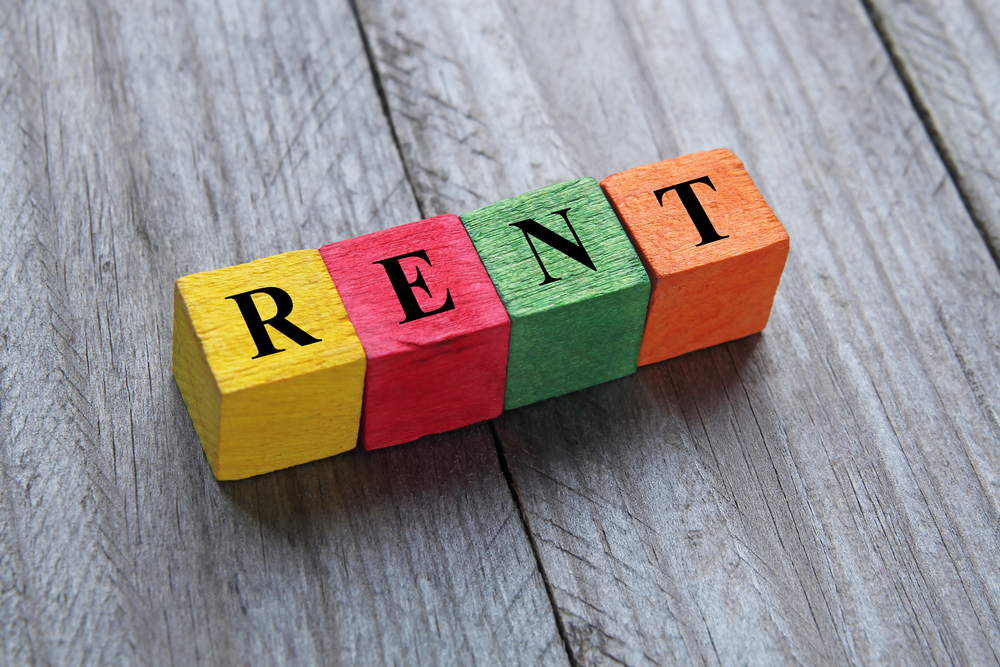 Rents in London have fallen for the first time in six years following a surge in the number of buy-to-let properties on the market, new research shows.
Rents in London have fallen for the first time in six years following a surge in the number of buy-to-let properties on the market, new research shows.
According to the Countrywide Lettings Index, rents in the capital fell 0.5% over the last 12 months to £1,280, making the average rent £7 per month cheaper than it was in 2015.
The last time rents in the capital fell was in November 2010, when the average monthly rent in London was £923 – 39% less than today.
Across Britain, rents rose 1.5% year-on-year, the slowest rate of growth since 2012.
One reason rents have fallen is because of the increase in the number of homes coming onto the rental market – in July there were 23% more homes available to rent in the UK than at the same time last year.
In the run-up to April’s 3% stamp duty hike there was a surge in house purchases as buyers brought forward transactions to beat the deadline.
The increase in the number of homes on the market has meant less deals are agreed above asking rents.
In July last year, 16% of tenants were prepared to pay over the asking rent to secure a home compared to just 7% in July this year. In London the fall was larger with 11% of homes let for more than the asking price in July, down from 32% in July 2015.
Across the UK, the average rent for new lets in the South East fell 1.1% over the year to £1,173. In Scotland rents dropped 1.0% to £689 and in Wales they fell 2.0% to £671.
Across the North and Midlands, the rate of rental growth hit the highest level for two years.
Johnny Morris, director of research at Countrywide,said: “The large rise in numbers of homes available to rent has certainly slowed rental growth, even with tenant numbers increasing. Stock levels were already running higher than usual due to investors bringing forward purchases in the rush to beat the stamp duty deadline in April. Added to that, uncertainty in the sales market in the run up to, and after the EU Referendum has caused more discretionary sellers to turn to the rental market.
“While rental price growth has slowed, current market dynamics are likely to accelerate the growth of renting. It seems that with more stock and demand from tenants we will see the number of households renting increase in 2016.”




